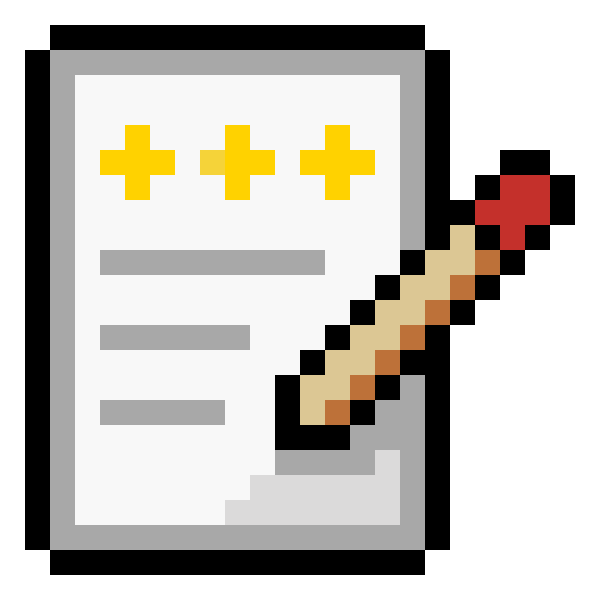623 reads
Generative AI: the Good and the Bad, a Midjourney Experience
by
August 22nd, 2023
Audio Presented by

I am a tech self-taught, polyglot, and I write top-notch technical articles. Network automation, Cybersecurity, and AI.
Story's Credibility



About Author
I am a tech self-taught, polyglot, and I write top-notch technical articles. Network automation, Cybersecurity, and AI.